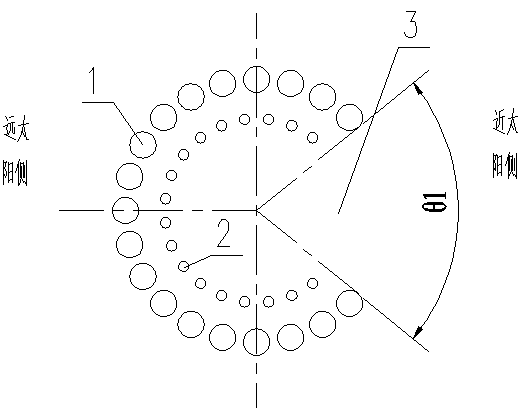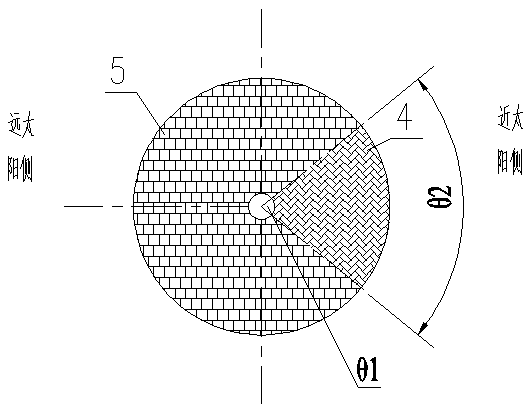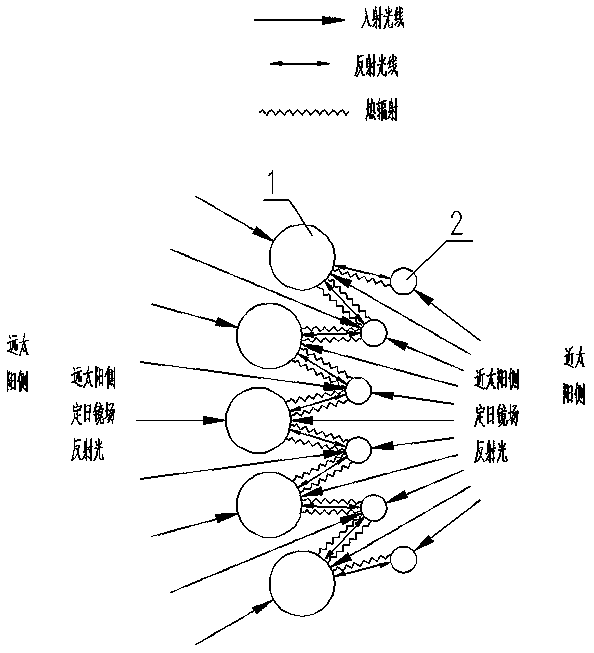Cavity column type heat collector based tower type solar thermal power generation system
A tower solar and thermal power generation system technology, applied in solar thermal power generation, solar heating system, solar thermal energy and other directions, can solve the problem of difficult to achieve the temperature difference of the heat absorption pipe, reduce the selection requirements, improve the thermal efficiency and reduce the initial investment cost Effect
- Summary
- Abstract
- Description
- Claims
- Application Information
AI Technical Summary
Problems solved by technology
Method used
Image
Examples
Embodiment Construction
[0020] The present invention will be further described in detail below in conjunction with the accompanying drawings and examples. The following examples are explanations of the present invention and the present invention is not limited to the following examples.
[0021] See attached Figure 1-Figure 5 , an embodiment of the invention comprising a collector and a field of heliostats.
[0022] The heliostat field is divided into the near-sun heliostat field area 4 and the far-sun heliostat field area 5, and the cosine loss of the heliostat in the near-sun heliostat field area 4 is greater than that of the far-sun heliostat field area 5. The mirror is large, so more heliostats can be arranged in the far-sun heliostat field area 5, so as to improve the reflection efficiency of the whole heliostat. The near-sun heliostat field area 4 and the far-sun heliostat field area 5 divide the entire heliostat field into two fan-shaped areas, and the angle of the fan-shaped area formed by ...
PUM
 Login to View More
Login to View More Abstract
Description
Claims
Application Information
 Login to View More
Login to View More - R&D
- Intellectual Property
- Life Sciences
- Materials
- Tech Scout
- Unparalleled Data Quality
- Higher Quality Content
- 60% Fewer Hallucinations
Browse by: Latest US Patents, China's latest patents, Technical Efficacy Thesaurus, Application Domain, Technology Topic, Popular Technical Reports.
© 2025 PatSnap. All rights reserved.Legal|Privacy policy|Modern Slavery Act Transparency Statement|Sitemap|About US| Contact US: help@patsnap.com



